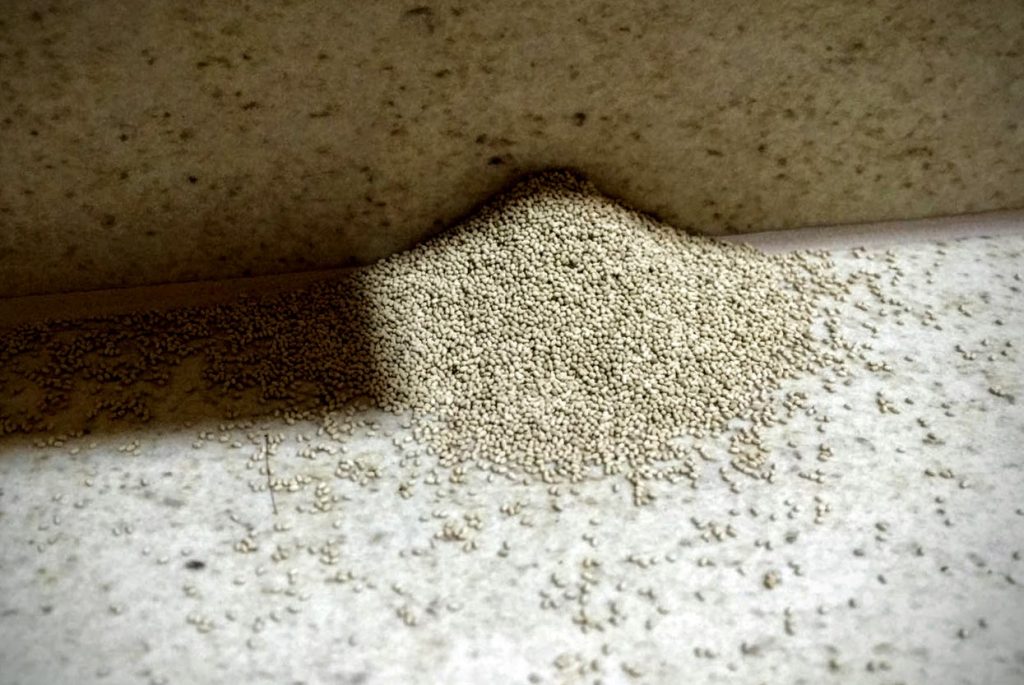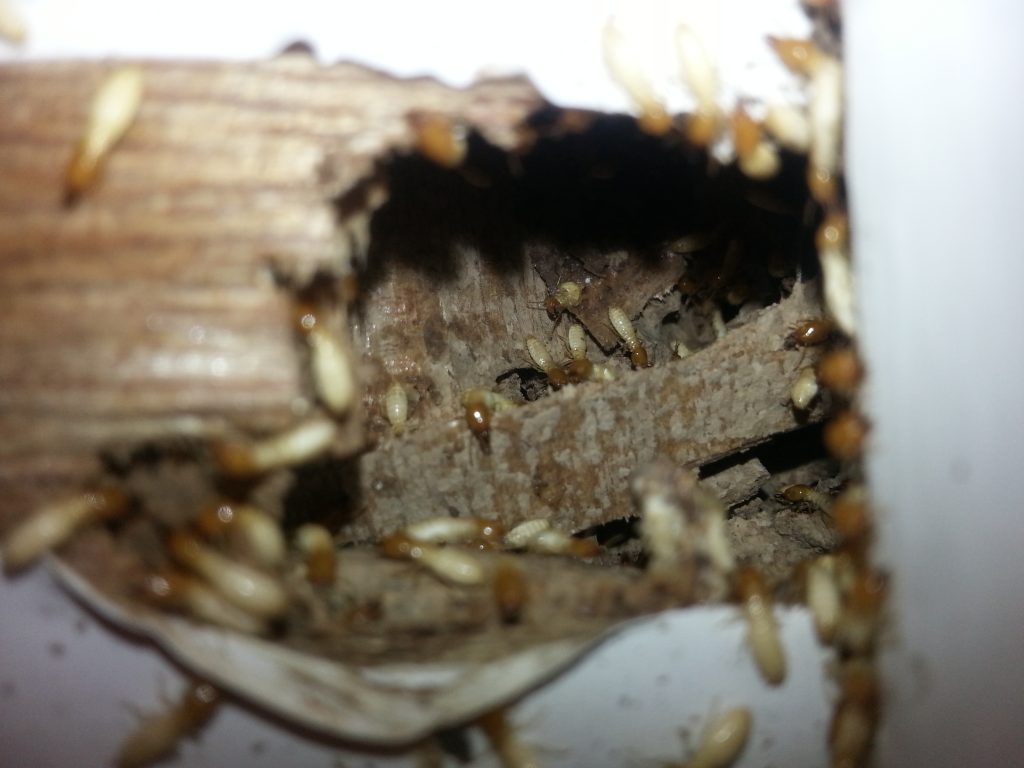TERMITES PEST CONTROL
 Termites Pest Control is not easy. Termites form a large and diverse group of ecologically and economically important insects. They feed on cellulose, principally found in wood. However, stacks of paper, files within cabinets, money among other storage items are not safe from termites. There are over 2,600 species of termites worldwide.
Termites Pest Control is not easy. Termites form a large and diverse group of ecologically and economically important insects. They feed on cellulose, principally found in wood. However, stacks of paper, files within cabinets, money among other storage items are not safe from termites. There are over 2,600 species of termites worldwide.
In Singapore, there are only a few different species that invade residential properties. And we know it’s not just Singapore where termites, and other pests, can be a problem – fortunately, there are similar companies to us around the world, like Pest Control Experts, who are able to help people if termites become a problem in or around their property.
Although many people associate termites with negative impacts, in nature they have many positive contributions. Termites upkeep forested areas and gardens. Termites commonly feed on fallen trees, tree stumps, grasses, bushes and or other pieces of dead or decaying wood. Termites can be highly beneficial as they degrade woody debris, return nutrients to the soil and provide an energy-rich food source to a variety of predators. Their tunneling efforts help to ensure that soil is porous, contain nutrients and are healthy enough to support vegetation and growth. Termites rarely harm or kill trees, but you may wish to contact someone to remove trees as a preventative method. Only, a minority of termite species can be very destructive to residential property, furniture, cabinets and other wood-based products.
Each year thousands of residential properties in Singapore require treatment for the control of these insects. If you encounter a termite infestation in your premises, do not reach for your household pesticide but instead reach for the phone to get a free inspection done. Termites are extremely sensitive and any pesticide will only aggravate and increase the infestation. Infestation usually subsides for a short period, only to resurface with a much larger, heavier infestation. Let Maximum Pest Management consultants identify the type of termite infestation at your premises. Maximum Pest Termites Pest Control comes with warranties up to 5 years against future termite infestation.
Maximum Pest Drywood Termites Treatment
In Singapore most species of dry wood termites infest dry, sound wood-including structural lumber, dead limbs
 on trees, utility poles, decks, fences, lumber in storage and even furniture. From this infested wood, winged reproductives periodically swarm to infest additional nearby wood. Drywood termite nests remain entirely above ground and do not connect to the soil. The only signs one can see would be faecal pellets. (image right)
on trees, utility poles, decks, fences, lumber in storage and even furniture. From this infested wood, winged reproductives periodically swarm to infest additional nearby wood. Drywood termite nests remain entirely above ground and do not connect to the soil. The only signs one can see would be faecal pellets. (image right)Feeding by Drywood termites usually cut across the grain of wood leaving a characteristic pattern of chambers and tunnels, some of which are filled with faecal pellets. Drywood termites often expel their faecal pellets through tiny surface openings and they can accumulate on horizontal surfaces below the openings. These faecal pellets, which are distinctive in appearance with six longitudinal flattened sides, may be the first clue to their presence.
Maximum Pest Subterranean Termite Treatment
Subterranean termites are common throughout Singapore and can be found infesting fallen trees, stumps, or other dead wood in contact with the soil in the forest, landscape and in our homes.
The most common subterranean termites in Singapore are Coptotermes Gestroi. These termites are voracious feeders and will consume wood, cardboard, paper and sometimes even fabric. They feed on all sorts of cellulose containing materials and are known to drill holes through rubber, plastic and even concrete in their relentless efforts to seek out food.
They mostly live underground and enter buildings through cracks, expansion joints and utility conduits. They sometimes form foraging mud tubes along the surface of the ground and the outside surfaces of structures gaining access to their food source within.
Subterranean termites usually consume structural roof timbers from the inside outwards, leaving a thin film of surface wood which may display a blistered appearance. In Singapore and Malaysia, Coptotermes Gestroi is responsible for 80% to 90% of the damage caused to homes & man-made structures.
Signs of a subterranean termite infestation include swarms of winged reproductives, the presence of shelter mud-tubes and evidence of tunnelling in wood. MMud tubes are most commonly seen evidence of a subterranean termite infestation. These earth-hardened tubes are made by workers using saliva mixed with soil and bits of wood and even false wall. There primarily four types of mud tubes:
- working tubes are constructed from the nest in the soil to wooden structures and they may travel up concrete or stone foundations;
- exploratory and migratory tubes arise from the soil but do not connect to wood structures;
- drop tubes extend from wooden structures back to the soil
- Swarm tubes for new and swarming reproductive kings and queens to emerge from and fly away during swarm season.
 When you break a termite mud tube open, you may see live workers and soldiers running through the tubes. The darkening or blistering of structural wood members is another possible indication of an infestation; wood in damaged areas is typically thin at the surface and can easily be punctured with a knife or small screwdriver. If an infestation is present internally, within your cabinet panels; bloating of the wood and dampness can be observed.
When you break a termite mud tube open, you may see live workers and soldiers running through the tubes. The darkening or blistering of structural wood members is another possible indication of an infestation; wood in damaged areas is typically thin at the surface and can easily be punctured with a knife or small screwdriver. If an infestation is present internally, within your cabinet panels; bloating of the wood and dampness can be observed.
When you discover a termite infestation at your premises, do not spray any pesticides. Introducing pesticides will temporarily reduce the activity only to a much larger infestation.
